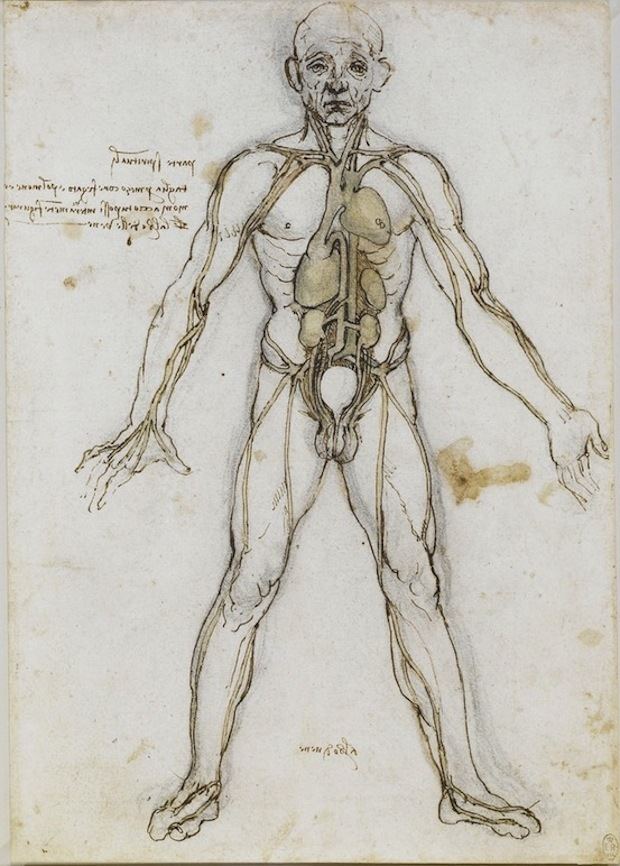In anatomy, flexion (from the Latin verb flectere, to bend) is a joint movement that decreases the angle between the bones that converge at the joint. For example, your elbow joint flexes when you bring your hand closer to the shoulder. Flexion is typically instigated by muscle contraction. A muscle that flexes a joint is called a flexor.
of forearm at elbow
Brachialis
Brachioradialis
Biceps brachii
of humerus at shoulder
Pectoralis major
Anterior deltoid
Coracobrachialis
Biceps brachii
of carpus at wrist
flexor carpi radialis
flexor carpi ulnaris
palmaris longus
The hip flexors are (in descending order of importance to the action of flexing the hip joint):
Collectively known as the iliopsoas or inner hip muscles:
Psoas major
Iliacus muscle
Anterior compartment of thigh
Rectus femoris (part of the quadriceps muscle group)
Sartorius
One of the gluteal muscles:
Tensor fasciae latae
Medial compartment of thigh
Pectineus
Adductor longus
Adductor brevis
Gracilis
Without the iliopsoas muscles, flexion in sitting position is not possible across the horizontal plane.
of thigh at knee (L5-S2)Posterior compartment of thigh/Hamstrings
Biceps femoris
Semitendinosus
Semimembranosus
Gracilis
Sartorius
Tensor fasciae latae
Gastrocnemius
Popliteus
Plantaris (negligible)
of toes
Posterior compartment of leg
Flexor hallucis longus
Flexor digitorum longus
Flexor digitorum brevis
Quadratus plantae
Flexor hallucis brevis
Flexor digiti minimi brevis
of proximal phalanges at metatarsophalangeal jointLumbrical muscle (foot)
Plantar interossei
Dorsal interossei
torso/lumbar vertebrae
Rectus abdominis muscle
neck at atlanto-occipital joint
Longus capitis muscle

